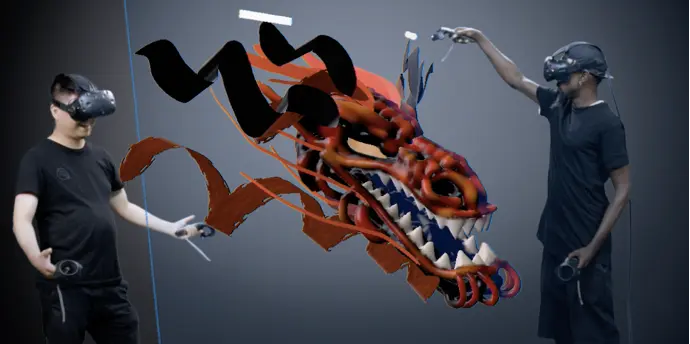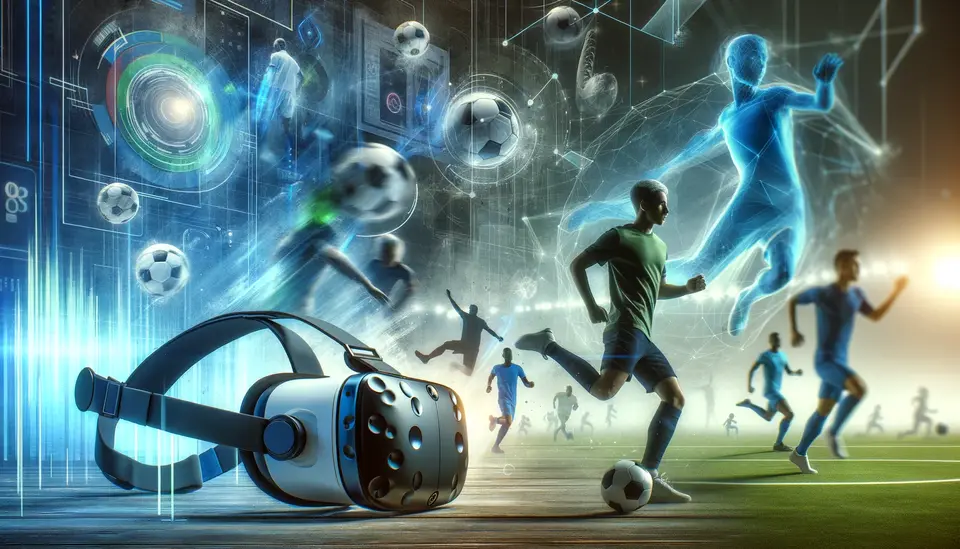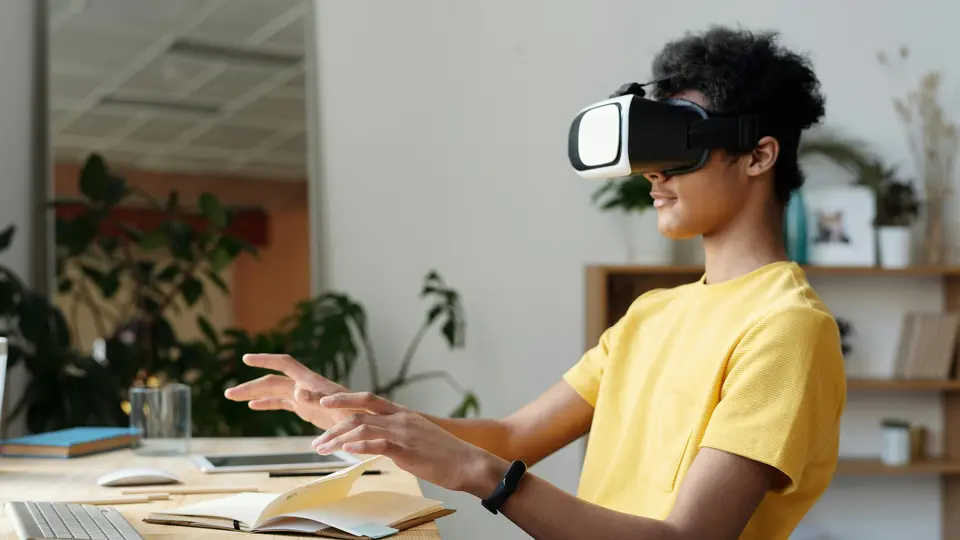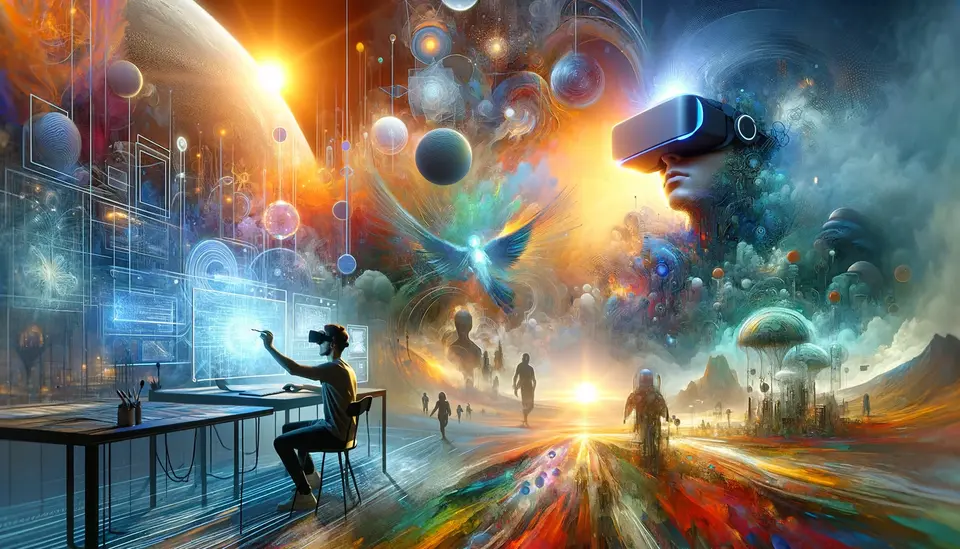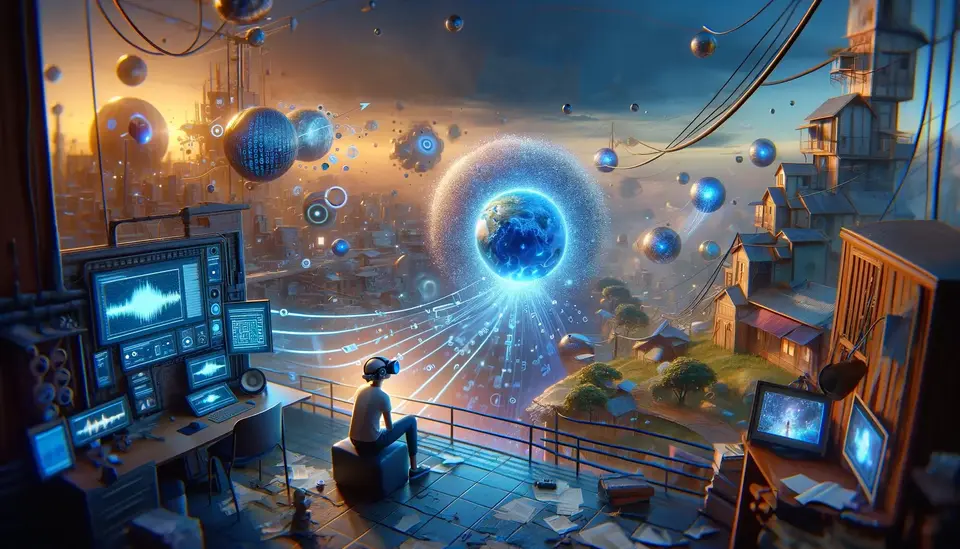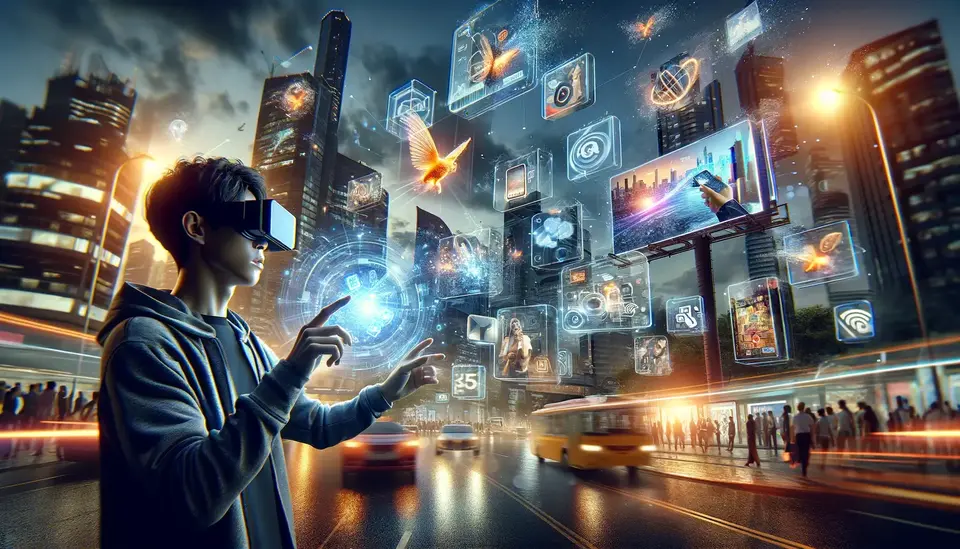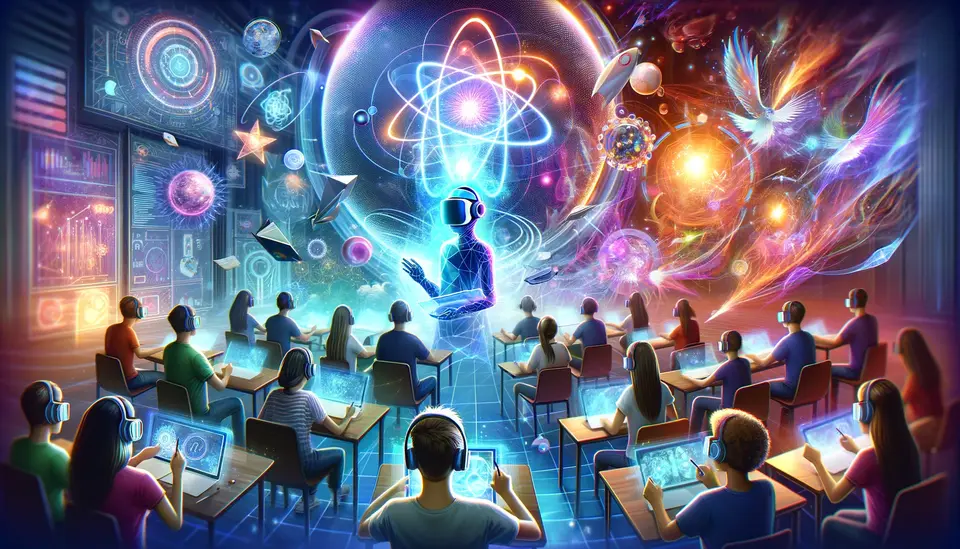Benefits of Virtual Reality for Art
Posted on May 15, 2023 3 minutes 569 words
Table of contents
Virtual reality (VR) has been transforming various industries in recent years, and the art world is no exception. As technology continues to advance, VR has become a game-changer for artists and art enthusiasts alike, offering new ways to create, experience, and engage with art. In this blog post, we’ll explore the numerous benefits of virtual reality for art and how it’s revolutionizing the creative landscape.
Immersive Art Experiences
One of the most exciting aspects of VR is its ability to provide users with immersive, interactive experiences. Art galleries and museums have started to adopt VR technology, allowing visitors to virtually walk through exhibitions and view artwork from different perspectives. Users can even become part of the artwork itself, interacting with elements and exploring the artist’s vision on a deeper level. This immersive approach to art appreciation not only enriches the experience for the viewer but also generates new opportunities for artists to connect with their audience.
Collaboration and Networking
VR enables artists to collaborate with others around the world in real-time, fostering innovation and the exchange of ideas. Online VR art communities, workshops, and social platforms provide artists with a space to share their work, receive feedback, and network with other professionals. This global connectivity not only strengthens the artistic community but also expands the reach and impact of individual artists’ work.
Boundless Creativity
Traditional art mediums and physical space can impose limitations on an artist’s creative process. With VR, artists have the freedom to create art without these constraints. They can work with three-dimensional canvases, experiment with new materials, and incorporate elements such as movement and sound into their work. This boundless creativity leads to groundbreaking art that challenges our perception of what’s possible.
Art Education and Training
VR has immense potential for enhancing art education. Students can access high-quality resources, tools, and experiences that might not be available in a traditional classroom setting. They can virtually visit world-renowned museums, learn from master artists, and engage with interactive educational content. VR can also offer training opportunities for artists, enabling them to learn new techniques and hone their skills in a virtual environment that closely mimics real-world conditions.
Accessibility and Inclusivity
VR makes art more accessible to people with disabilities, allowing them to engage with and create art in ways that may not have been previously possible. For example, individuals with mobility impairments can navigate virtual galleries without physical barriers, while those with visual impairments can experience tactile or auditory art. VR can also help bridge cultural gaps and language barriers, promoting diversity and inclusivity in the art world.
Environmental and Cost Benefits
VR exhibitions can reduce the need for physical space, lowering costs for artists and institutions. This cost-effective approach allows for broader dissemination of artwork and can make exhibitions more accessible to a wider audience. Additionally, VR has the potential to minimize the environmental impact associated with traditional art exhibitions, such as transportation, shipping, and the use of materials.
Conclusion
The benefits of virtual reality for art are vast and varied, opening up a world of possibilities for artists, art enthusiasts, and educators alike. By embracing VR technology, we can revolutionize the way we create, experience, and share art, pushing the boundaries of creativity and innovation. So, why not immerse yourself in the world of VR art and explore the limitless potential it has to offer?

